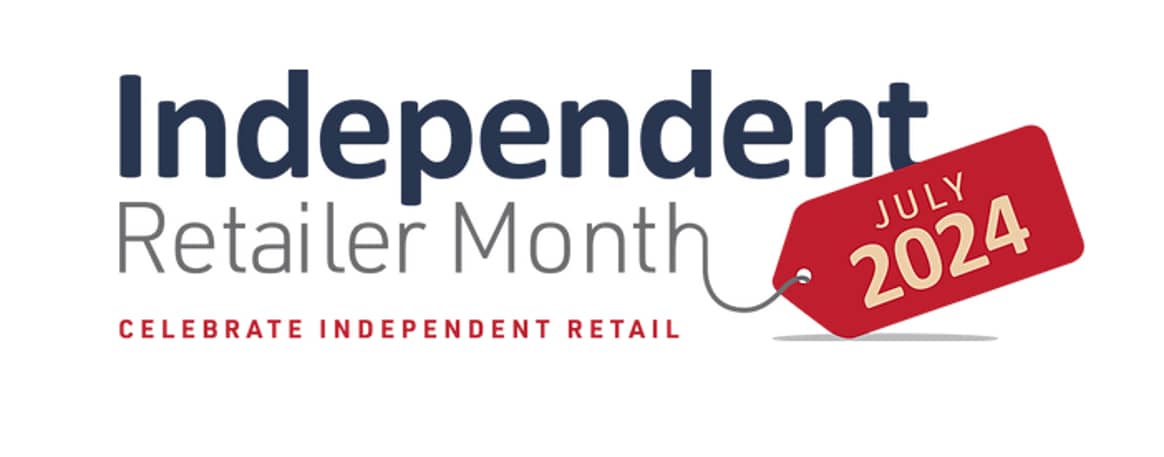Engaged in the clothing industry for 20 years.

Navigating Challenges: The State of Independent Fashion Retail in the US
In the ever-evolving and competitive landscape of retail, independent fashion retailers encounter a distinct set of challenges and opportunities. As e-commerce giants and global chains continue to expand across the nation, it becomes increasingly crucial for these small businesses to establish a unique business model that effectively connects with their target market to safeguard their business for the future. FashionUnited spoke with several independent retailers to learn more about the current state of independent retail in the United States.
When it comes to the art of shopping, there seems to be a significant cultural shift occurring in the United States. As the US economy recovered from the depths of the global pandemic, American consumers continued to increase their expenditures, resulting in sold-out high-profile concerts, record-breaking travel activities, and a surge in online shopping, with online retail sales revenue reaching 1.26 trillion USD in 2023, up 8.9 percent in 2022 according to Capital One. Although this robust momentum in consumer spending persisted throughout the past year—and likely played a crucial role in averting the widely anticipated recession— as we move further away from the pandemic, retailers and consumers alike are feeling the challenges posed by changes in the economy. The effects of elevated inflation and the highest interest rates in close to 25 years are eating away at consumers’ disposable income, while savings amassed during the pandemic are dwindling, making it harder for Americans to carry on with their post-pandemic shopping spree.
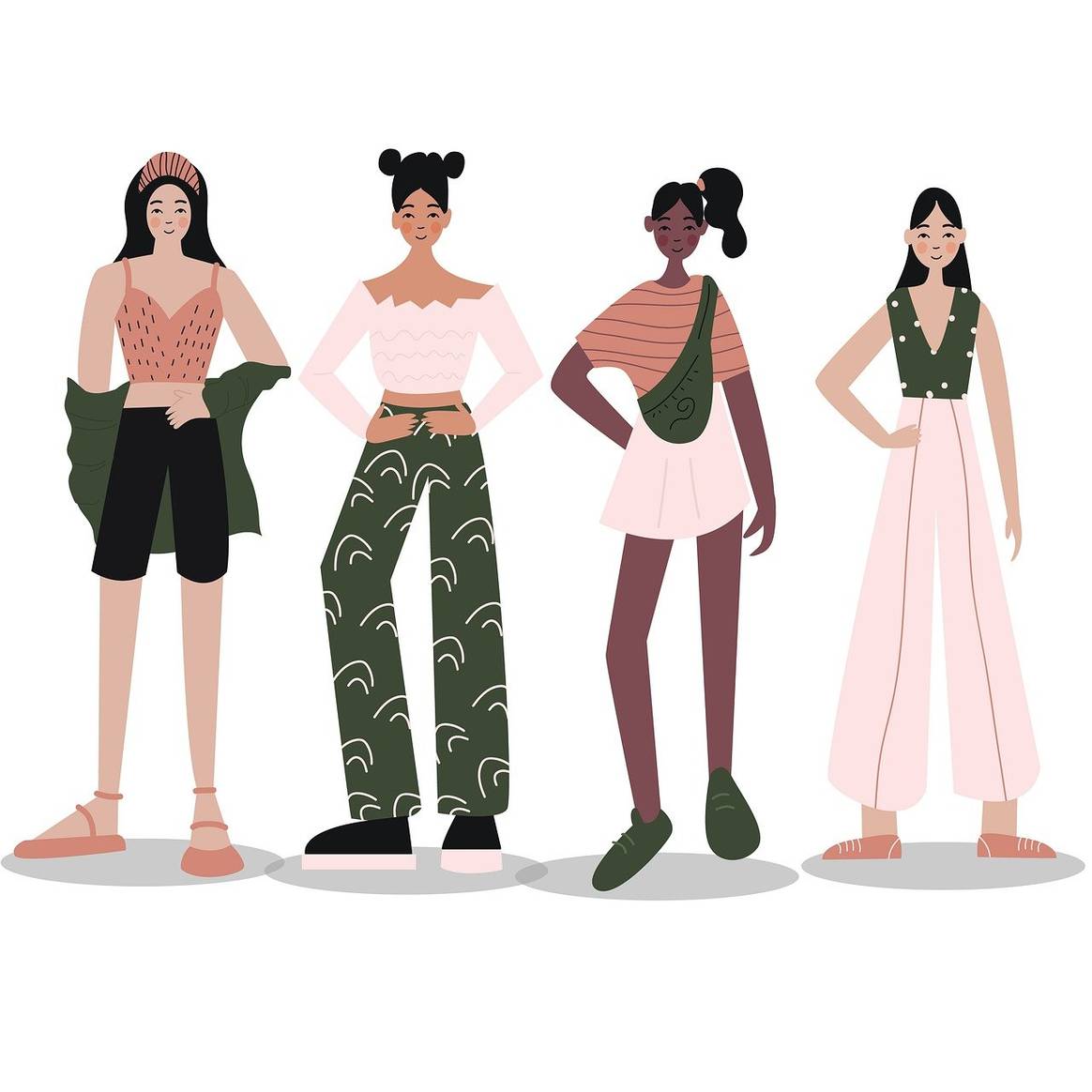
The new era of retail shopping is divided into two main segments: the affordability and convenience of online shopping and the sense of connection when shopping in a brick-and-mortar store. What’s more, American consumers are ready to return to shopping locally and buying from independent brands and retailers, according to data from Wakefield Research on behalf of Faire. Younger generations, in particular – Millennials and Gen Z- stated they prefer the shopping experience at specialty retailers over larger retailers. At the same time, research from venture capital firm Forerunner Ventures revealed that US consumers hold local, independent retailers in higher regard compared to big box chains such as Walmart and Target, online boutiques, shopping center stores, and department stores. Driven by a growing emphasis on value-driven consumerism, the increasing difficulties encountered by shopping at big box retailers, and a stronger appreciation for the unique, curated experiences offered by independent retail shops, the future for small business owners seems bright at first glance. But do indie fashion retailers in the United States reflect this sense of optimism?
We spoke with several independent fashion retailers to learn more about how they are handling the challenges posed by global economic fluctuations, the cost-of-living crisis, the fallout of the pandemic, and the evolving retail environment. Read on to learn more about the current state of independent fashion retail in the US.
Optimism for the future is strong among small business owners
Despite current economic data pointing towards a slowdown as sales at US retailers and restaurants were flat in June, 75 percent of respondents maintained a positive outlook and expressed a sense of “optimism” for the future. Britney Renbarger, founder of PinkTag, a family-owned women’s wear boutique in Louisville, Kentucky, notes that she is “very optimistic” about her business’s growth for the next five years. Lexi Tourtellotte DiYeso, the founder of Hazel Twenty/Lex Twenty, a women’s wear and men’s wear boutique in Asheville, North Carolina, and Charleston, South Carolina, revealed that she is “eternally an optimist at heart” and 100 percent optimistic for the ongoing growth of her businesses. Both founders cite their innovative business models, which include a blend of online and offline retail and loyal customer bases, as key reasons for their confidence. Luly Yang, founder of Luly Yang Couture, a couture indie fashion retailer with a boutique in Seattle, Washington, shares a similar sentiment, noting that she is “optimistic about our business growth over the next five years” while emphasizing the importance of adapting to changes and leveraging both in-store and online presences to stay resilient.
Challenges and opportunities ahead for indie fashion retailers
In order to survive in today’s shifting retail landscape, a sense of optimism is key, although entrepreneurs need more than that to grow their business or even set up shop. When asked what inspired them to move into the independent fashion retail space, many of the entrepreneurs we spoke to were driven by a combination of passion for fashion and the desire to fill a market gap. For instance, Celine and Joline Nehoray, sisters and founders of Beverly Hills Lingerie, a direct-to-consumer online brand, launched their business in the Fall of 2018 as they sought to close the gap between lingerie and streetwear.
Katerina Azarova, founder of children’s luxury clothing brand Petite Maison Kids, made the jump from selling her products online to opening the brand’s flagship store in November 2023 in Greenwich, Connecticut, after receiving several customer requests to see products in person. Stacey Fraser, the founder of Pink Chicken, was inspired to create her own clothing brand and eventual retail business by her love for vintage textiles and desire to create joyful shopping experiences for families. “Since the brand was “born at the beach,” it made sense for our first shop to open in Amagansett, New York, in 2010. Since then, we have opened six more brick-and-mortar stores: two in New York City on the Upper East Side and the West Village, one in Charleston, South Carolina, one in Santa Monica, California, one in Raleigh, North Carolina, and one in Bethesda, Maryland.”
Maintaining and managing an independent fashion retail business is not without its economic and operational challenges, especially in today’s climate. No matter if you manage an online-only, one-store, or several retail locations, all of the independent fashion retailers we spoke with said they had implemented strategic changes to their store and business model over the years to support their business growth. Some of the main factors that have impacted indie business models include changing consumer preferences, with 37.5 percent of the respondents citing this as the driving factor behind their retail evolution. Another 12.5 percent cited the emergence of technological advancements as the leading reason their business has changed, with another 12.5 percent changing their business model due to economic factors. The remaining 37.5 percent of respondents cited other reasons behind the changes to the business models.
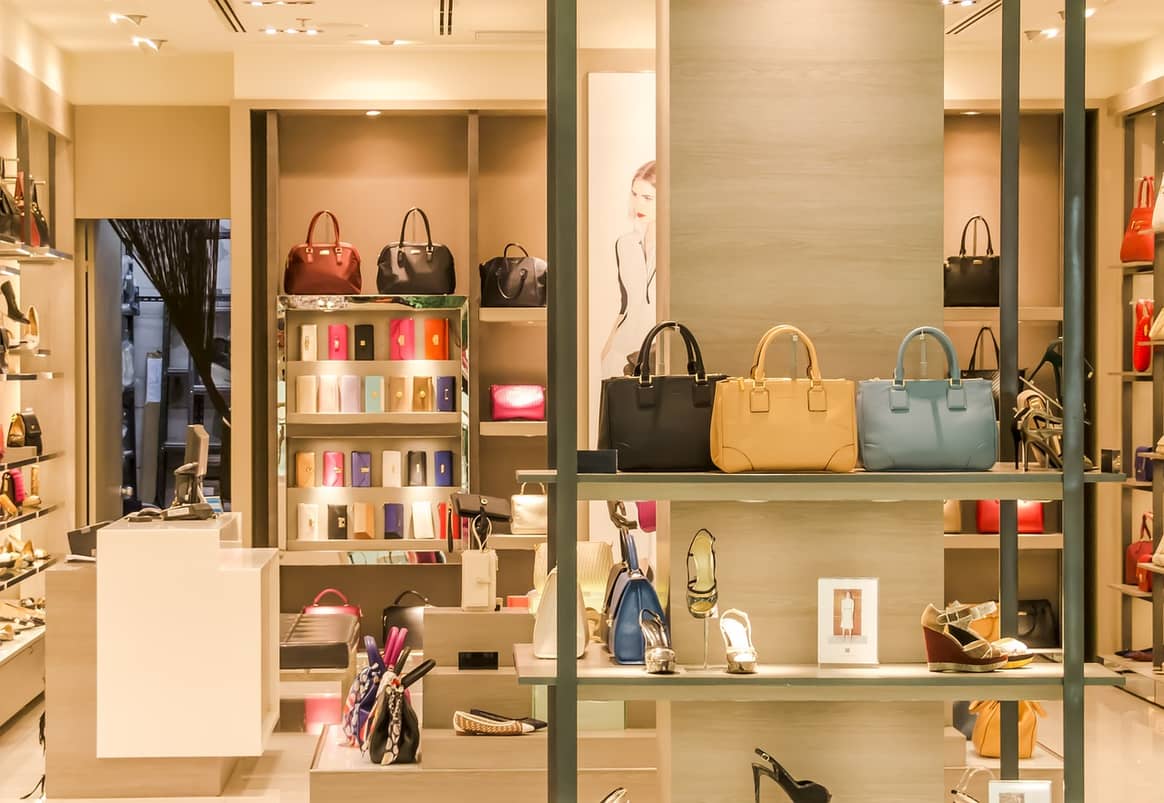
Strategic changes made to indie fashion business models
Independent fashion retailers have also had to manage the impact of inflation, increasing rent prices, and energy costs. In order to help offset these costs, 37.5 percent of the retailers surveyed said they were optimizing operational costs, and another 25 percent of the retailers surveyed were optimizing their logistics. For example, Azarova from Petite Maison Kids invested in expanding her product range and pricing. “We’ve introduced more flexible pricing strategies, such as offering a range of products at different price points to cater to various budgets,” says Azarova. “We’ve also focused on strengthening customer relationships by offering loyalty programs, exclusive promotions, and personalized services to encourage repeat business and enhance customer retention.”
Similar to many of the other independent fashion retailers we spoke with, Azarova is also investing in strengthening her online business presence to balance the increasing costs of operating a physical store. “By enhancing our e-commerce platform, we aim to reach a broader audience and drive online sales, offsetting some of the increased operational costs.” Antonia Saint Dunbar, founder of direct-to-consumer footwear brand Antonia Saint, is strengthening her ecommerce platform by providing her customers with more payment options like Affirm and a lower free shipping threshold. “However, we offer a complimentary exchange with every order and easy returns as needed,” she adds. DiYeso from Hazel Twenty adds that while much of her business is built on their in-store experience, she “looks forward to building” their online presence, as she foresees a “tremendous opportunity to grow” there.
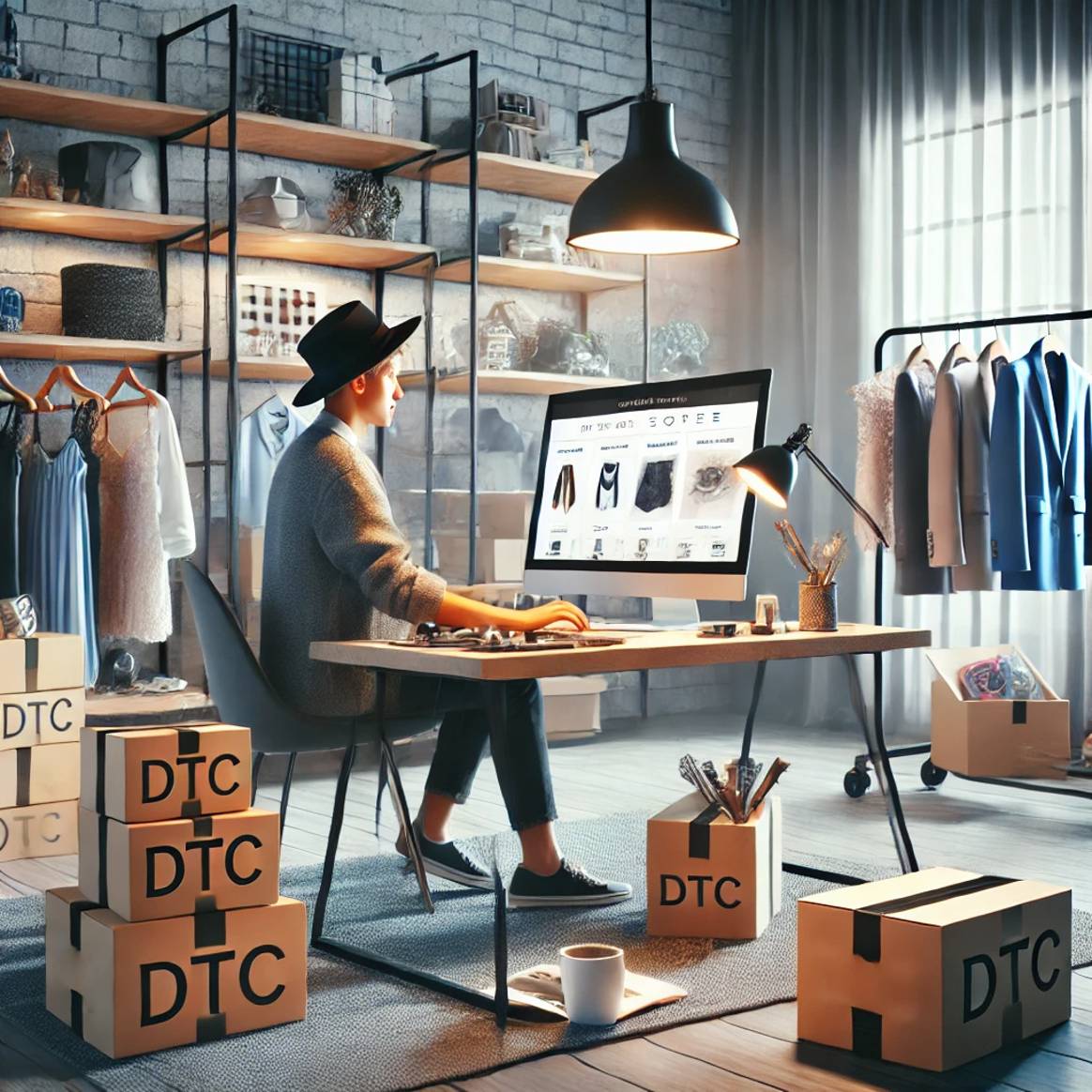
Leveraging e-commerce and physical stores as a small business owner
Other independent retail owners we surveyed opted to bolster their physical presence as well, like Fraser from the Pink Chicken, who opened several larger retail stores to showcase their curated offering better. “Our product offering has expanded, and we needed bigger spaces to show our own collections as well as our carefully curated list of other offerings: toys, crafts, accessories,” she explains. In addition, Fraser also aims to enhance customer engagement by hosting community events in stores to attract new customers while strengthening loyalty among existing customers. “Our goal is for our spaces to be a happy place for them to shop, somewhere both kids and adults can come together and find something they truly love,” says Fraser. “We partner with local brands, vendors, and tastemakers to hold events that the customers respond to and make time in their busy calendars to attend.”
To better address other challenges, such as increasing competition, shifting consumer preferences, and broader economic issues, half of the independent retailers surveyed stated that diversifying their product offerings is a crucial part of their strategy for future growth. Renbarger from PinkTag notes she continues diversifying their product range, while Saint from Antonia Saint has expanded the brand’s product range to include “an array of essential styles that everyone needs.” 75 percent of the respondents also stated that they were exploring different avenues to increase brand visibility, which included entering into strategic collaborations and partnerships with other brands and influencers, investing in personalized campaigns, and launching new customer loyalty programs.
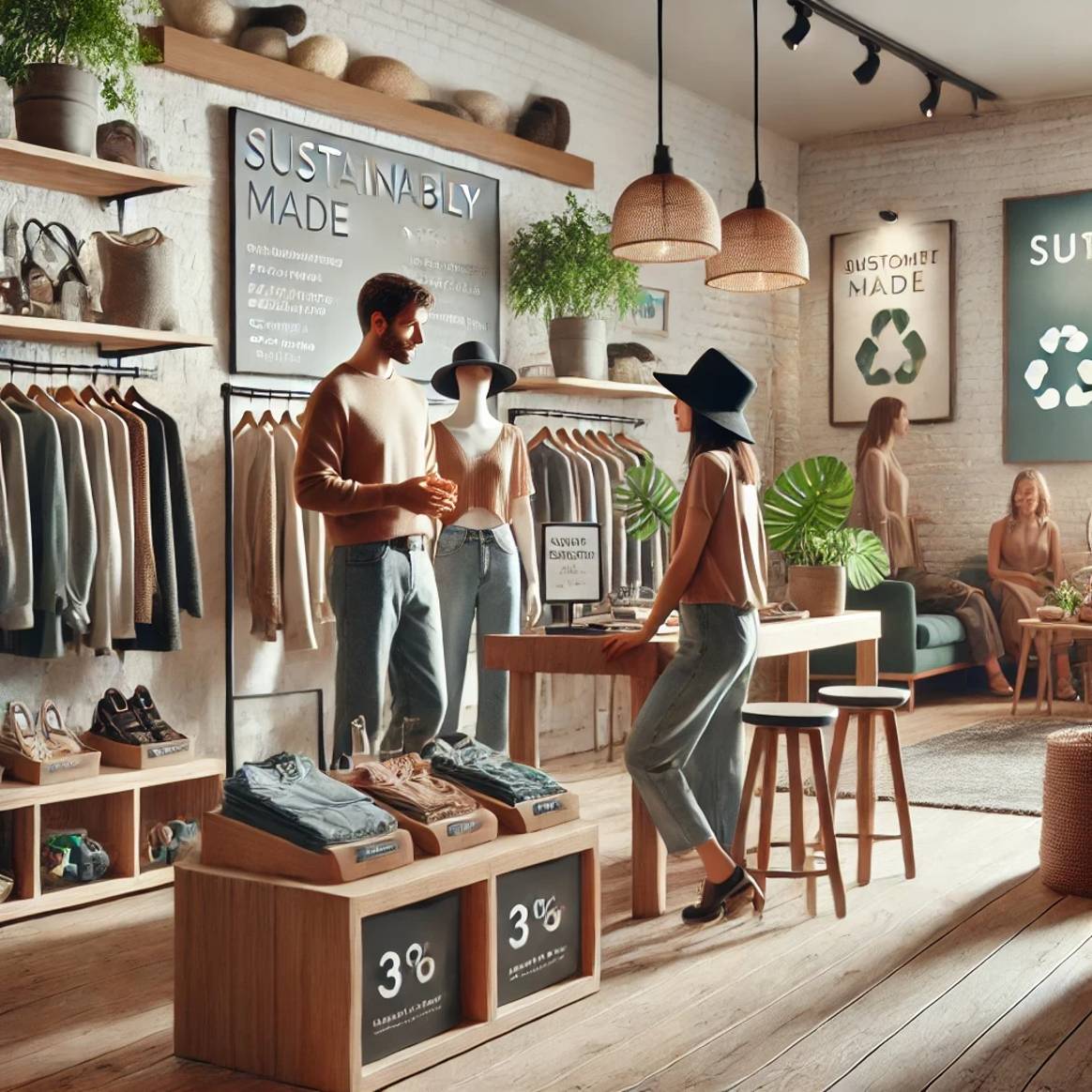
Sustainability as a core differentiator for indie retailers
To further differentiate themselves from their competitors, 87.5 percent of the independent fashion retailers we surveyed emphasized sustainability as a key distinguishing factor. The Nehoray sisters behind Beverly Hills Lingerie say they prioritize ethical production in Los Angeles, while Azarova from Petite Maison Kids sources sustainable materials from ethical suppliers and produces products in small batches. Yang from Luly Yang Couture states that sustainability is a core value of her business, which “not only differentiates us from competitors but also resonates deeply with our clientele, who value responsible luxury.” 62.5 percent of the independent fashion retailers surveyed stated they used sustainable materials to produce their products, while 25 percent noted they actively seek out sustainable brands to feature in their stores.
Looking ahead to the future, ecommerce continues to be a significant opportunity for many independent retailers, with 50 percent of respondents expecting it to be a driving factor for their business throughout the year. 37.5 percent of those surveyed also see niche markets as potential areas of growth for the year, with several targeting specific customer segments with tailored offerings. Local collaborations and strategic wholesale partnerships were also highlighted as potential avenues for growth.

Future growth: e-commerce, community events and niche markets
Despite the inevitability of certain macroeconomic challenges, all of the independent fashion retailers were confident about the future of their business. 25 percent stated they see their online presence growing to reach a broader global audience, with another 25 percent aiming to grow their online business to account for at least 50 percent of their overall sales. Independent retailers with a direct-to-consumer model were confident their brand recognition would rise significantly. Additionally, 50 percent of surveyed retailers expected increased consumer loyalty over the next five years, driven by growing awareness of the benefits of shopping locally and sustainably.
While support is available for independent fashion retailers, national and local governments can implement numerous actions to bolster small businesses. From adjusting business tax rates and offering support packages to enhancing local infrastructure, capping rental prices, and driving regeneration efforts, there is much that can be done to help these small businesses. Leading fashion brands with an established presence can also contribute by adopting stronger relationships with small businesses. With 75 percent of retailers feeling optimistic about the future, there’s a strong drive to overcome any and all challenges. As long as positive momentum within the independent retail landscape continues, many retailers will do more than just survive, but hopefully flourish as well.
